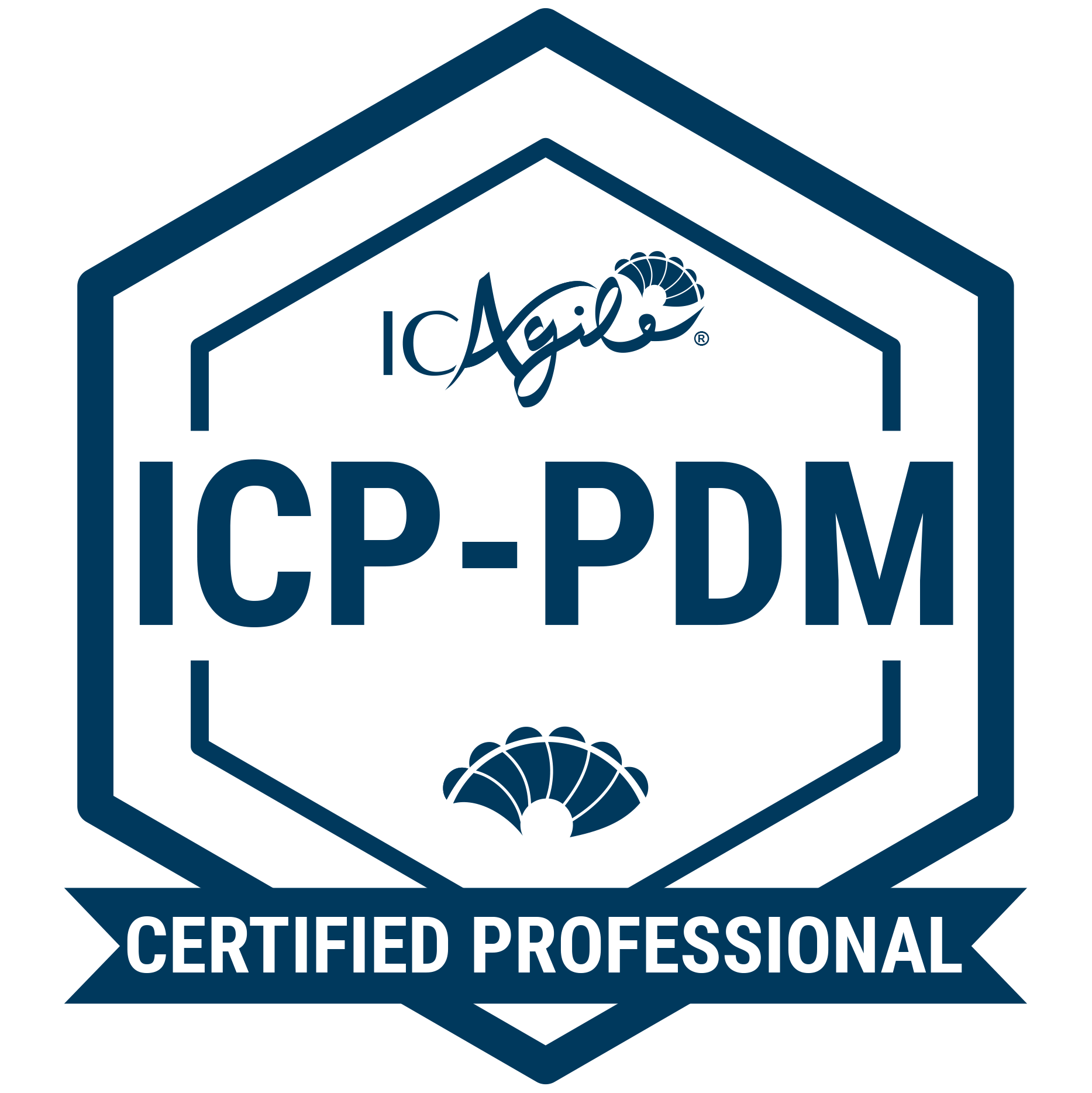Have you ever thought about why some products catch your eye right away while others barely register?
That's the power of product positioning. It's not enough to just have a good product; you also need to ensure that people understand why it's the best choice for them.
Understanding what product positioning is and how to utilize it can make a significant difference when launching a new gadget, promoting a service, or trying to differentiate yourself in a crowded market of similar products.
In this tutorial, we'll discuss what product positioning is, its importance in marketing, and the strategies brands use to win over customers.
What Is Product Positioning in Marketing?
Product positioning is a strategic process that determines how a product compares to its competitors in the market.
The product positioning definition involves identifying unique product features, selecting the right target audience, and crafting messaging that connects with them.
When a company clearly communicates the value of its product and sets it apart from similar products, it can stand out in a crowded market.
The Importance of Product Positioning
- 1Differentiation: In today's competitive market, many products offer similar features. Product positioning enables a company to distinguish its product from competitors by emphasizing unique benefits or qualities. This differentiation can be based on factors like price, quality, innovation, or specific customer needs.
- 2Targeted Marketing: Effective product positioning allows companies to tailor their marketing efforts to a specific audience. By understanding the needs, preferences, and behaviors of the target market, businesses can create more relevant and compelling marketing messages.
- 3Brand Identity: Product positioning plays a crucial role in shaping a brand's identity. It helps define what the brand stands for and how it should be perceived by customers. A strong positioning strategy reinforces the brand's image and ensures consistency across all marketing channels.
- 4Customer Perception: How customers perceive a product is vital to its success. Product positioning influences customer perception by clearly communicating the product's benefits and why it is the best choice for their needs. This perception drives purchasing decisions and customer loyalty.
Ready to Position Your Product for Success?
Let Agilemania guide you through effective strategies tailored to your brand. Our Agile coaches can help you refine your product positioning for maximum impact.
Connect@agilemania.comKey Elements of Product Positioning
- 1Target Audience: The first step in product positioning is identifying the target audience. Understanding who the product is for and what their needs are is essential for crafting a positioning strategy that resonates with them.
- 2Market Category: Defining the market category in which the product competes is another crucial element. This helps in identifying direct and indirect competitors and positioning the product within a specific market segment.
- 3Unique Selling Proposition (USP): The USP is the unique benefit or feature that sets the product apart from competitors. It answers the question, "Why should customers choose this product over others?" The USP is often the cornerstone of a product's positioning strategy.
- 4Brand Promise: The brand promise is the commitment made to customers about the product's value and experience. It is a critical aspect of positioning as it builds trust and sets expectations for the product.
- 5Positioning Statement: A positioning statement is a concise description that outlines the product's target audience, market category, USP, and brand promise. It serves as a guiding framework for all marketing and communication efforts related to the product.
Steps to Develop a Product Positioning Strategy
- 1Market Research: Begin by conducting thorough market research to understand the target audience, competitive landscape, and market trends. This research provides insights into customer needs, preferences, and pain points, which are essential for effective positioning.
- 2Identify Competitors: Analyze the strengths and weaknesses of competitors in the market. Understanding what competitors offer and how they position their products will help in identifying gaps and opportunities for differentiation.
- 3Define the Unique Value Proposition: Based on the market research and competitor analysis, define the product's unique value proposition. This is the key benefit or feature that makes the product stand out and should be the focus of the positioning strategy.
- 4Craft the Positioning Statement: Develop a clear and concise positioning statement that encapsulates the product's target audience, market category, USP, and brand promise. This statement should be easy to understand and communicate the essence of the product.
- 5Align Marketing and Communication: Ensure that all marketing and communication efforts align with the positioning strategy. This includes branding, messaging, advertising, and customer interactions. Consistency across all channels reinforces the product's position in the market.
- 6Test and Refine: After implementing the positioning strategy, gather feedback from customers and monitor the market's response. Use this information to refine the positioning as needed to ensure it remains relevant and effective.
What are the types of Product Positioning?
There are several product positioning techniques that companies use, depending on their goals and what sets their product apart.
-
Price positioning: If your product is cheaper than others, make sure to point that out. Walmart and other brands do this well by making low prices their main selling point.
-
Positioning for quality: You can focus on how much better your product is than others instead of how much it costs. Brands like Chanel and Tesla win over customers with high-quality craftsmanship and top-notch materials.
-
Feature positioning: Do you have a product with features that are new or different? That's what makes you better. Apple does this very well, and they are often the first to add new features that no one else has even thought of.
-
Benefit positioning: It means finding ways to help your customers. Like Uber and Lyft, you should stress how your product makes life easier or better by focusing on how it saves time and makes things easier.
-
Image positioning: Some brands connect with customers by having the same values. People know Ben & Jerry's for more than just ice cream. They also know that the company cares about social and environmental issues.
-
Competitive positioning: Sometimes, you need to show how you're better than the competition, either by being subtle or by calling them out directly. A lot of brands use/adopt this bold approach to stand out in a personally crowded market.
Your whole marketing plan depends on how you choose to position your product. For example, if you're launching something with unique features, you could start a product video or campaign with those features to show off what makes it special.
Examples of Successful Product Positioning
Examples of Successful Product Positioning
-
Apple iPhone: Apple has positioned the iPhone as a premium smartphone that offers cutting-edge technology, superior design, and a seamless user experience. The product is marketed as a status symbol and a device that integrates effortlessly with other Apple products, creating a loyal customer base.
-
Tesla Model S: Tesla has positioned the Model S as a luxury electric vehicle that combines high performance with sustainability. The brand emphasizes innovation, environmental responsibility, and the superior driving experience, setting it apart from traditional luxury car manufacturers.
-
Nike: Nike positions its products as high-performance athletic gear that empowers individuals to achieve their personal best. The brand's "Just Do It" campaign emphasizes motivation, determination, and the pursuit of excellence, resonating with athletes and fitness enthusiasts worldwide.
Challenges in Product Positioning
-
Market Saturation: In highly competitive markets, standing out can be challenging. Companies must continuously innovate and refine their positioning strategies to maintain a competitive edge.
-
Changing Consumer Preferences: Consumer preferences can change rapidly, making it difficult to maintain a consistent position. Companies need to stay attuned to market trends and be agile in adapting their positioning strategies.
-
Globalization: In a global market, cultural differences can impact how a product is perceived. Companies must consider regional variations in consumer behavior and preferences when developing positioning strategies for different markets.
Product positioning is a critical component of a successful marketing strategy.
By clearly defining how a product is perceived in the market and differentiating it from competitors, companies can effectively target their audience, build a strong brand identity, and influence customer perception.
Through careful research, strategic planning, and continuous refinement, businesses can create a positioning strategy that drives success and sustains growth in a competitive market.






























































































